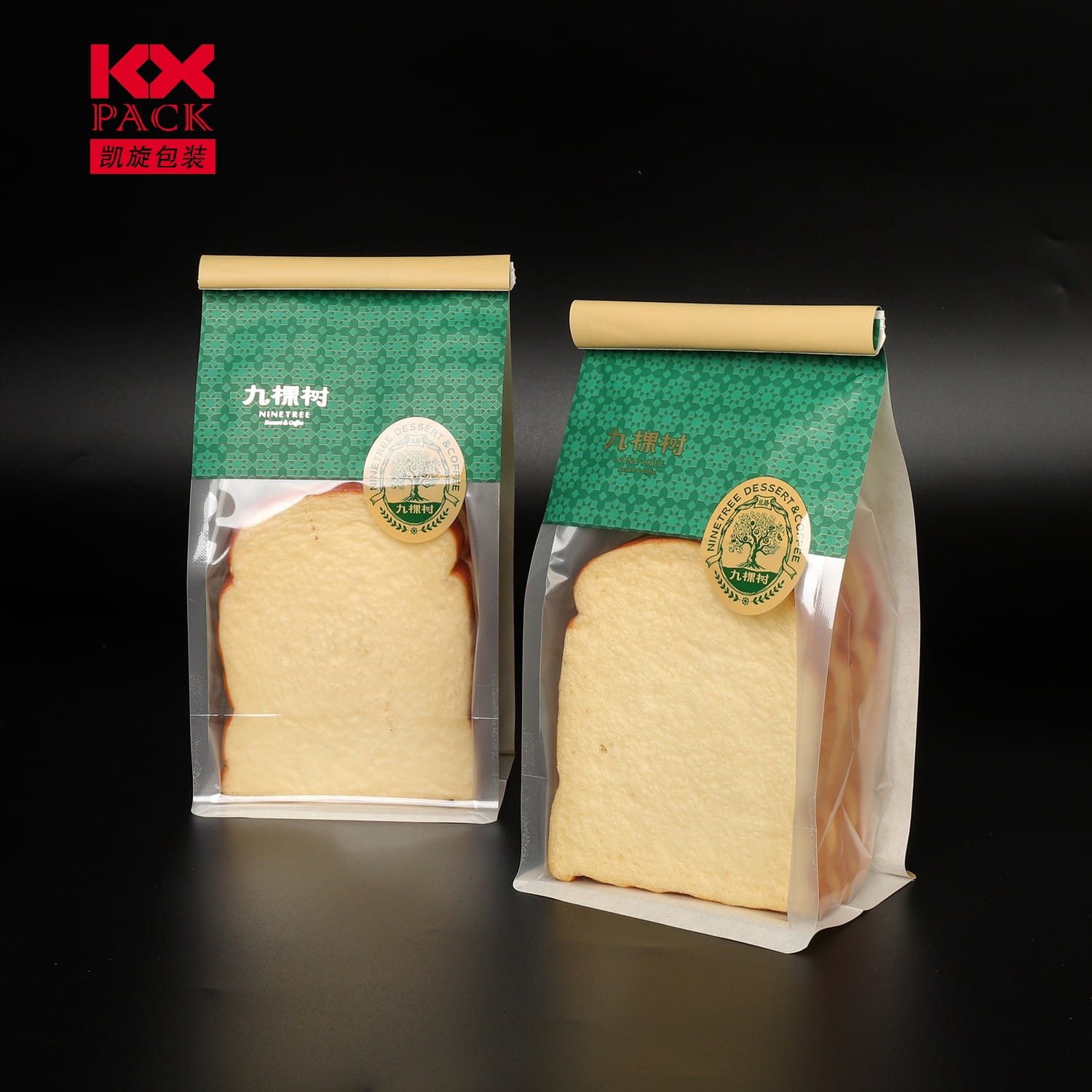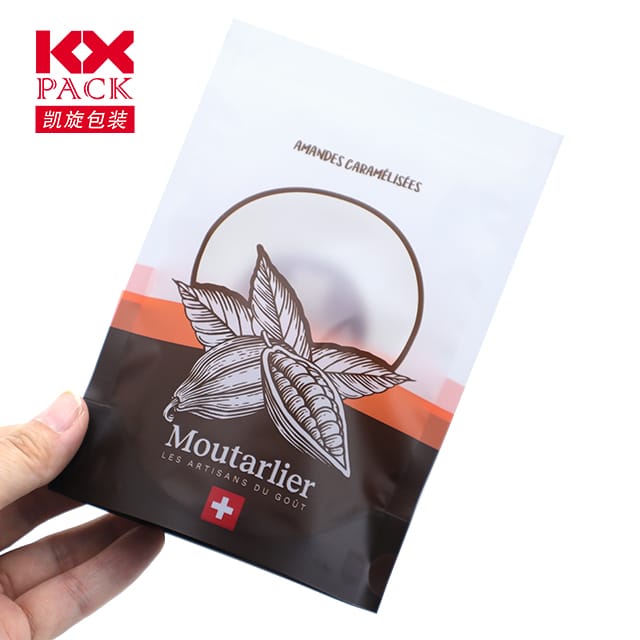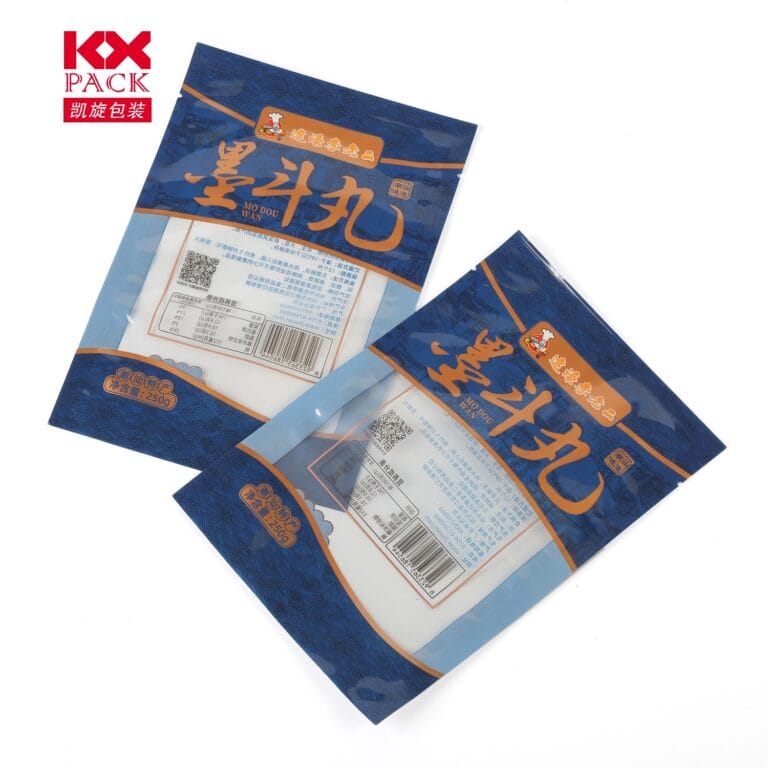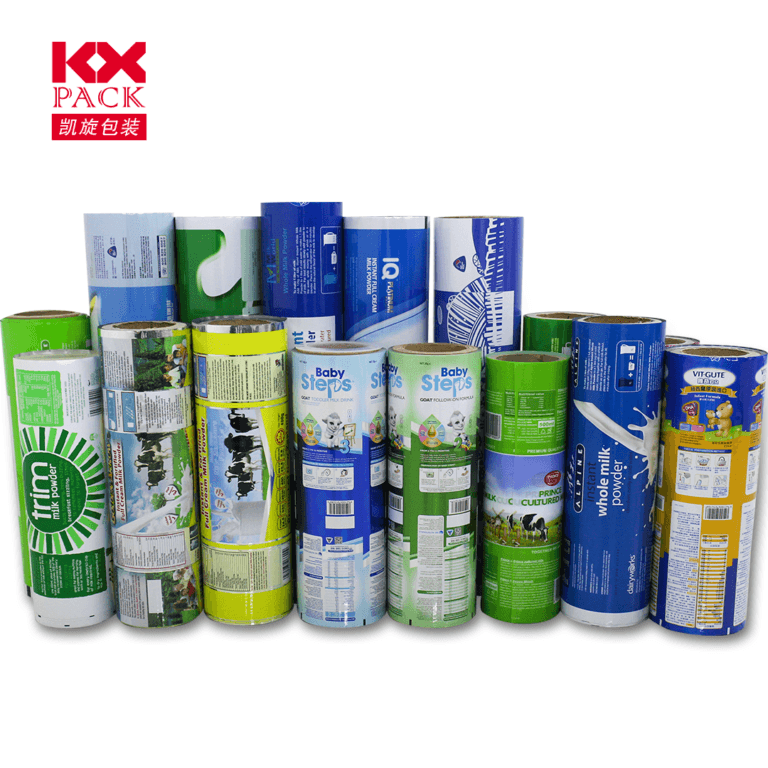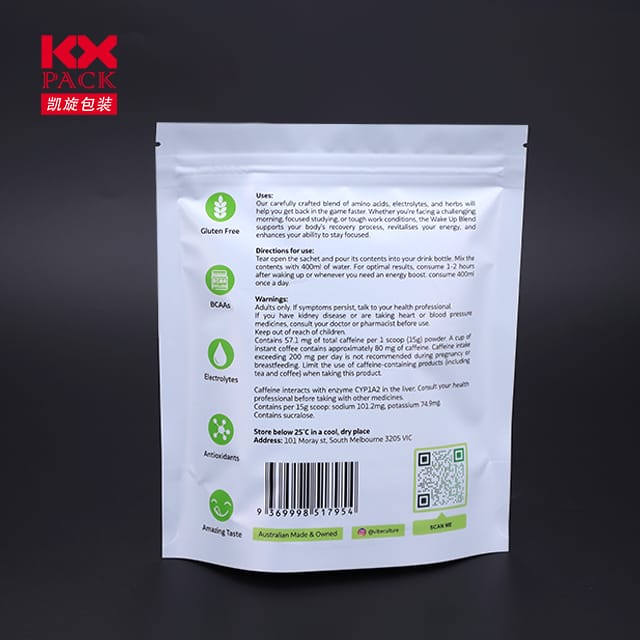فوڈ پیکیجنگ میں لچکدار فلموں کا ارتقاء اور اثر
لچکدار فلمیں
In the dynamic world of food packaging, لچکدار فلمیں have emerged as a game-changer, مصنوعات کو کس طرح محفوظ کیا جاتا ہے انقلاب, پیش کیا, اور ٹرانسپورٹ. استحکام کے ساتھ جدت کا امتزاج کرنا, یہ ہلکا پھلکا, سہولت اور ماحولیاتی شعور کے حل کے لئے صارفین کے بڑھتے ہوئے مطالبات کو حل کرتے ہوئے موافقت پذیر مواد صنعت کو نئی شکل دے رہے ہیں.
لچکدار فلمیں کیا ہیں؟?
لچکدار فلم پتلی ہے, pliable sheets made from polymers like polyethylene (PE), پولی پروپیلین (پی پی), پالئیےسٹر (پی ای ٹی), or biodegradable alternatives such as polylactic acid (pla). Designed to conform to product shapes, they offer versatility unmatched by rigid packaging. Common applications include pouches, wraps, lids, and bags for snacks, تازہ پیداوار, dairy, and ready-to-eat meals.
Key Advantages of Flexible Films
- Enhanced Product Protection
Flexible films create airtight barriers against moisture, آکسیجن, اور روشنی, extending shelf life and reducing food waste. Advanced multilayer structures can incorporate oxygen scavengers or UV filters for superior preservation. - Sustainability Benefits
Compared to traditional materials, flexible films require fewer resources to produce and transport, lowering carbon footprints. Many are now recyclable or compostable, aligning with global circular economy goals. مثال کے طور پر, Dow’s RecycleReady technology enables recyclable pouches, while companies like TIPA® offer certified compostable films. - Cost-Efficiency and Convenience
Lightweight and space-saving, flexible films reduce storage and shipping costs. Their resealable designs—like zippers or spouts—enhance user experience, catering to on-the-go lifestyles. - Branding and Shelf Appeal
High-definition printing capabilities allow vibrant, customizable designs, helping brands stand out in competitive retail environments.
Challenges and Innovations
ان کے فوائد کے باوجود, flexible films face hurdles:
- ری سائیکلنگ انفراسٹرکچر: Single-material films are easier to recycle, but multilayer variants (common in high-barrier packaging) remain problematic.
- Material Complexity: Balancing performance with eco-friendliness requires ongoing R&ڈی.
Innovations Driving Change:
- Biodegradable Polymers: Materials derived from corn starch or sugarcane are gaining traction.
- کیمیائی ری سائیکلنگ: Breakthroughs like enzymatic degradation promise to recycle mixed-material films.
- اسمارٹ پیکیجنگ: Integration of sensors to monitor freshness or RFID tags for supply chain transparency.
The Future of Flexible Films
The market for flexible food packaging is projected to grow at aCAGR of 5.2% کے ذریعے 2030 (Grand View Research), fueled by:
- Rising e-commerce: Demand for durable, lightweight shipping materials.
- Health-Conscious Consumers: Preferences for hygienic, single-serve portions.
- Regulatory Pressures: Stricter bans on single-use plastics are accelerating adoption of sustainable alternatives.
نتیجہ
Flexible films represent a bridge between functionality and environmental responsibility. As technology advances, their role in reducing waste, enhancing food safety, and delighting consumers will only expand. Brands that embrace these materials today are not just staying ahead—they’re contributing to a healthier planet.
عمل کیلیے آواز اٹھاؤ:
Are you ready to explore flexible packaging solutions for your brand? Share your thoughts or questions in the comments below—let’s discuss how innovation can meet sustainability in the food industry!
Word count: ~550
کلیدی الفاظ: لچکدار فلمیں, food packaging, استحکام, بدعت, recycling

